Nature's Embrace: A Scenic Sojourn
Join us for a free walking tour that celebrates nature's beauty in Potsdam. In 3 hours, explore stunning landmarks without the need for climbing, perfect for nature lovers!
Time
3 Hours
Stops
8 Places
Distance
3.9 km
Glienicke Bridge (Glienicker Brücke)
Start your tour at the historic Glienicke Bridge, famously known as the "Bridge of Spies" due to its role during the Cold War.
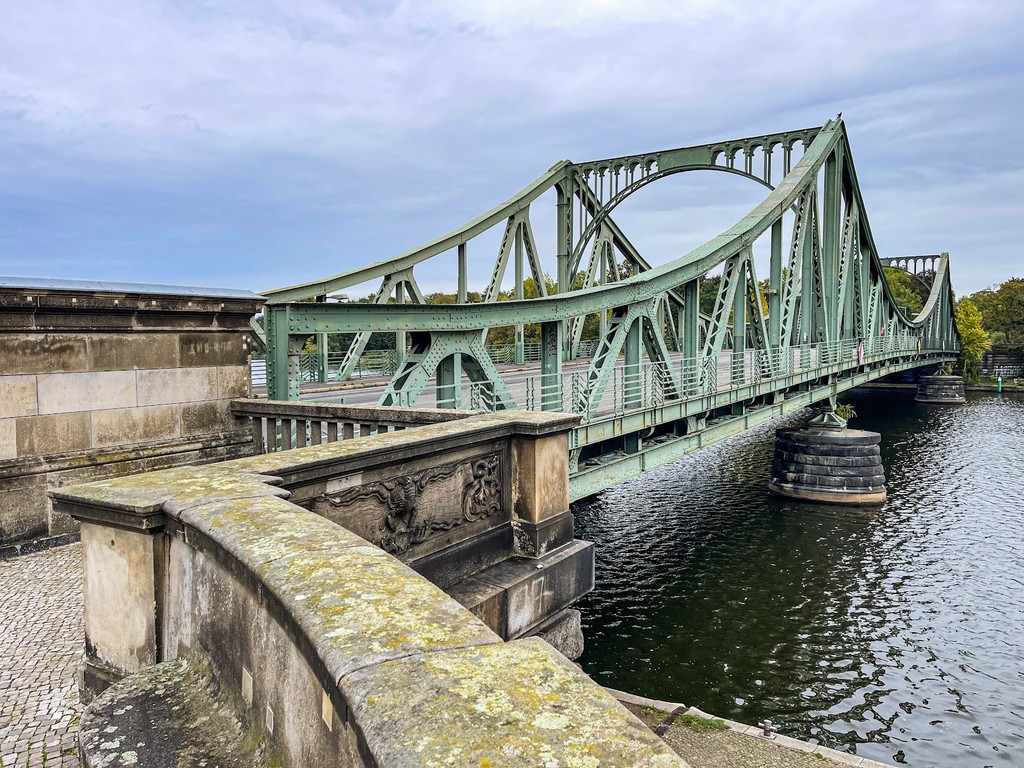
Glienicke Bridge (Glienicker Brücke) (Source: Google Maps)
The Glienicke Bridge, often referred to as the "Bridge of Spies," is an iconic structure that spans the Havel River, linking Potsdam and Berlin. Built in the early 19th century, it became famous during the Cold War for the exchange of spies between East and West. The bridge's neoclassical design, complete with elegant arches and decorative elements, reflects the architectural trends of its time. Today, it stands as a symbol of reconciliation and a reminder of the tumultuous history of divided Germany. Visitors can enjoy picturesque views of the surrounding landscapes and the river, making it a perfect starting point for exploring the rich history of the area.
Steam Engine House (Dampfmaschinenhaus)
Discover the Steam Engine House, an intriguing example of 19th-century industrial architecture nestled within the park.
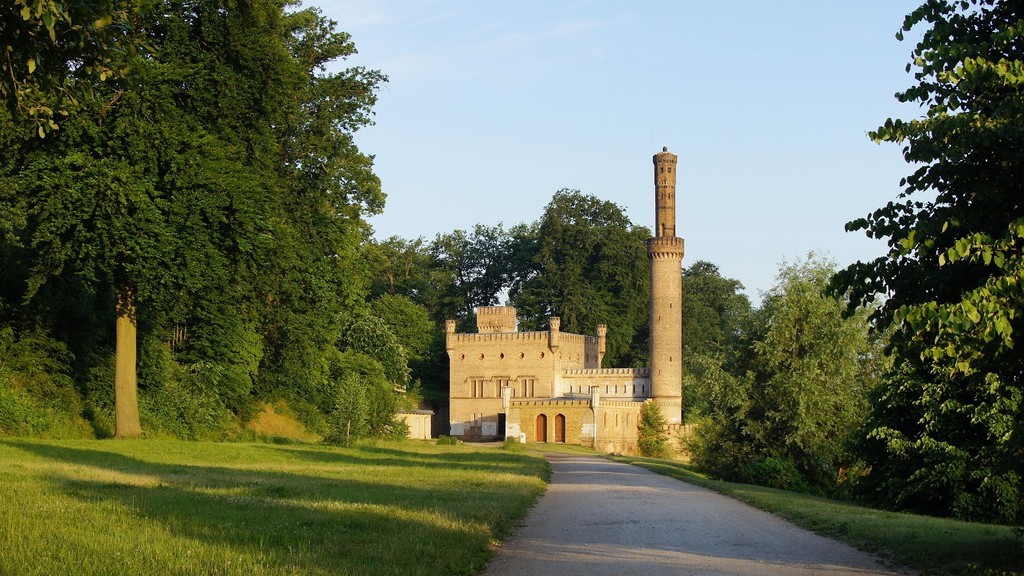
Steam Engine House (Dampfmaschinenhaus) (Source: Google Maps)
The Steam Engine House is a remarkable example of 19th-century industrial architecture located within Babelsberg Park. Built to house steam engines that powered the nearby estate, this structure showcases the technological advancements of the era. Its striking red brick facade and large arched windows are characteristic of the industrial style of the time. The building not only served a practical purpose but also symbolizes the industrial revolution's impact on society. Today, it stands as a testament to the ingenuity of past generations and offers visitors a glimpse into the historical significance of industrialization in the region.
Park Babelsberg Café
Take a break at the Park Babelsberg Café, offering refreshments and a chance to enjoy the scenic views of the park.
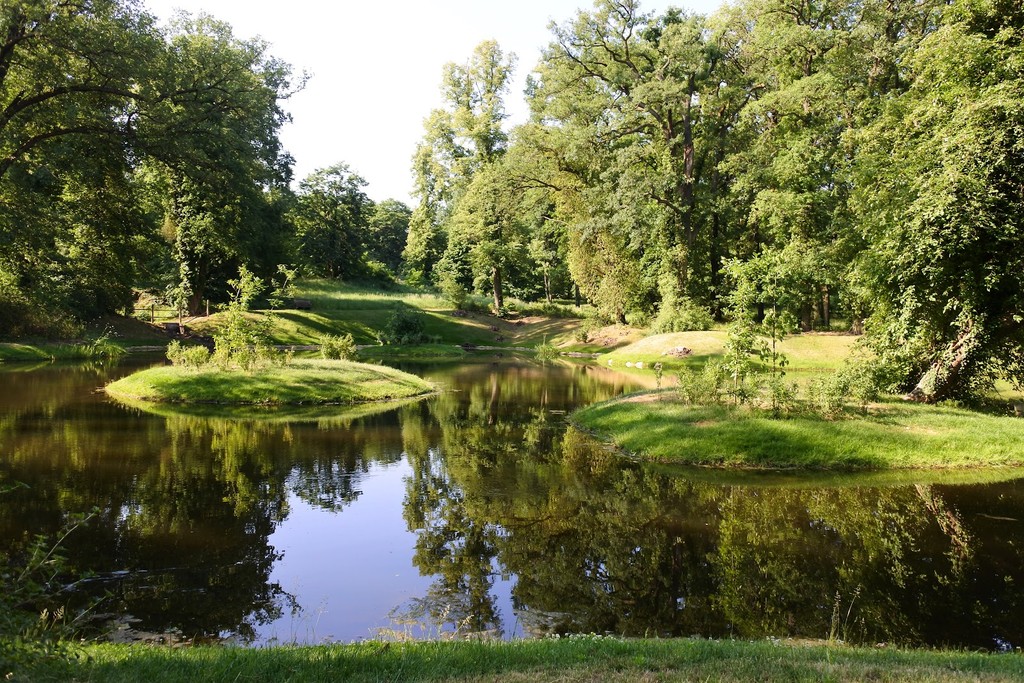
Park Babelsberg Café (Source: Google Maps)
Babelsberg Palace (Schloss Babelsberg)
Visit the neo-Gothic Babelsberg Palace, once a summer residence for German royalty, set amidst charming gardens.
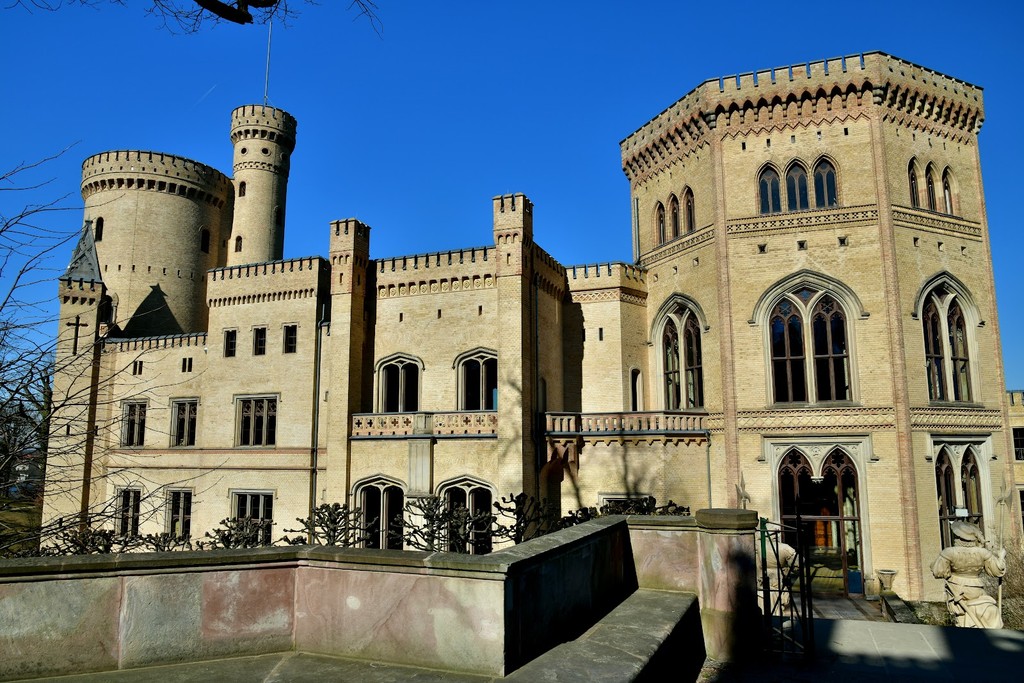
Babelsberg Palace (Schloss Babelsberg) (Source: Google Maps)
Babelsberg Palace, a stunning example of neo-Gothic architecture, was constructed in the 19th century as a summer residence for German royalty. Nestled within the lush landscapes of Babelsberg Park, the palace features intricate stone carvings, tall spires, and beautifully landscaped gardens that enhance its regal presence. The palace was designed by the renowned architect Karl Friedrich Schinkel, who aimed to create a harmonious blend of nature and architecture. Today, it is not only a popular tourist attraction but also a UNESCO World Heritage site, celebrated for its historical and cultural significance. Visitors can admire the palace's grandeur and explore the surrounding gardens, which are perfect for leisurely strolls.
Babelsberg Park Entrance
Enter Babelsberg Park, a UNESCO World Heritage site known for its stunning landscapes designed by the renowned landscape architect Peter Joseph Lenné.
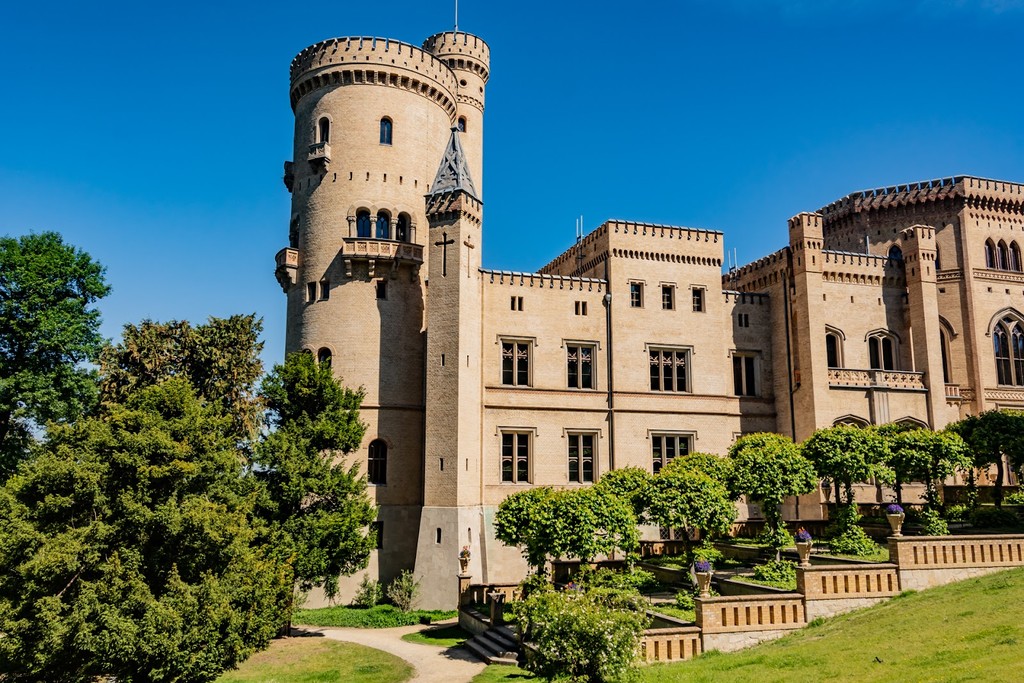
Babelsberg Park Entrance (Source: Google Maps)
The entrance to Babelsberg Park marks the beginning of an enchanting journey through one of Germany's most beautiful landscapes. Designed by the famous landscape architect Peter Joseph Lenné in the 19th century, the park is a UNESCO World Heritage site that showcases a harmonious blend of nature and design. Visitors are greeted by lush greenery, winding pathways, and stunning vistas that invite exploration. The park features a variety of trees, flowers, and serene water bodies, making it a haven for nature lovers. As you enter, the park's well-preserved historical elements and breathtaking scenery set the stage for a memorable experience in Potsdam's natural beauty.
Flatow Tower (Flatowturm)
Enjoy the architectural beauty of the Flatow Tower, offering picturesque views of the surrounding park without the need for climbing.
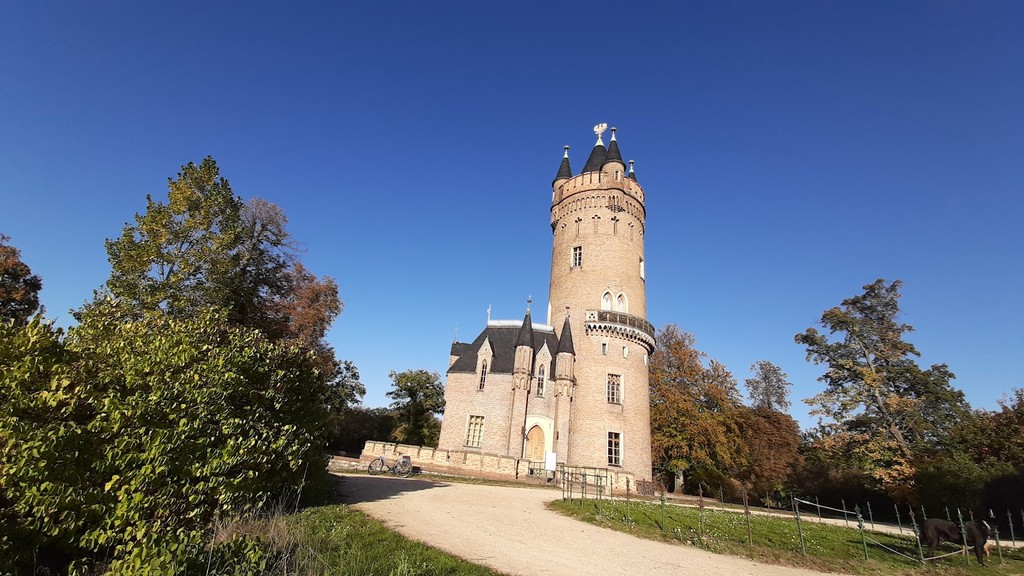
Flatow Tower (Flatowturm) (Source: Google Maps)
Flatow Tower is an architectural gem located within Babelsberg Park, known for its unique design and picturesque views. Built in the mid-19th century, the tower features a blend of Gothic and Renaissance architectural styles, complete with decorative turrets and intricate stonework. Unlike many other towers, Flatow Tower offers stunning panoramic views of the surrounding landscape without the need for climbing steep stairs. This makes it an accessible destination for all visitors. The tower is not only a visual delight but also serves as a reminder of the romantic ideals of the era in which it was constructed. It stands as a beloved landmark within the park, attracting both locals and tourists alike.
Gerichtslaube
Explore the picturesque Gerichtslaube, a charming historic building that adds to the park's architectural diversity.
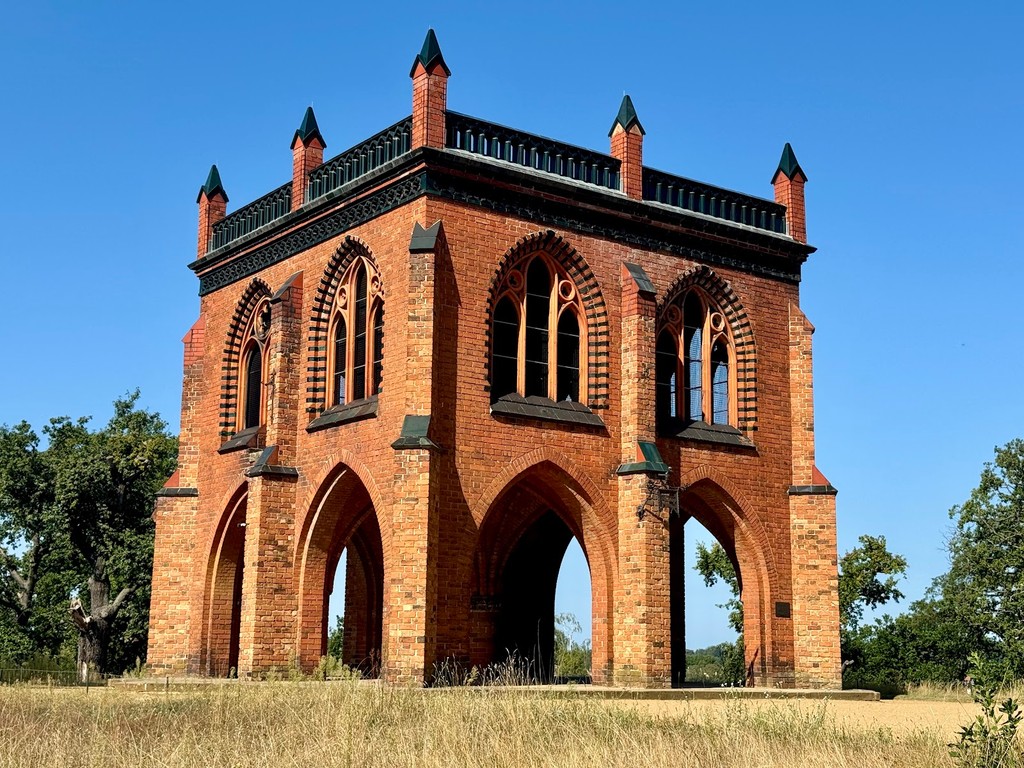
Gerichtslaube (Source: Google Maps)
The Gerichtslaube is a charming historic building situated within Babelsberg Park, known for its picturesque architecture. This structure, which translates to "Court House," was originally built in the 19th century and reflects the architectural styles prevalent during that time. Its quaint design features elegant arches and intricate details that add to the park's architectural diversity. The Gerichtslaube served various purposes throughout its history, including as a venue for social gatherings and events. Today, it stands as a delightful spot for visitors to appreciate the historical significance of the park and enjoy the serene surroundings. Its picturesque setting makes it a favorite backdrop for photographs and leisurely strolls.
Matrosenhaus (Sailor's House)
End your tour at the Matrosenhaus, a quaint house that reflects the park's historical significance and architectural charm.
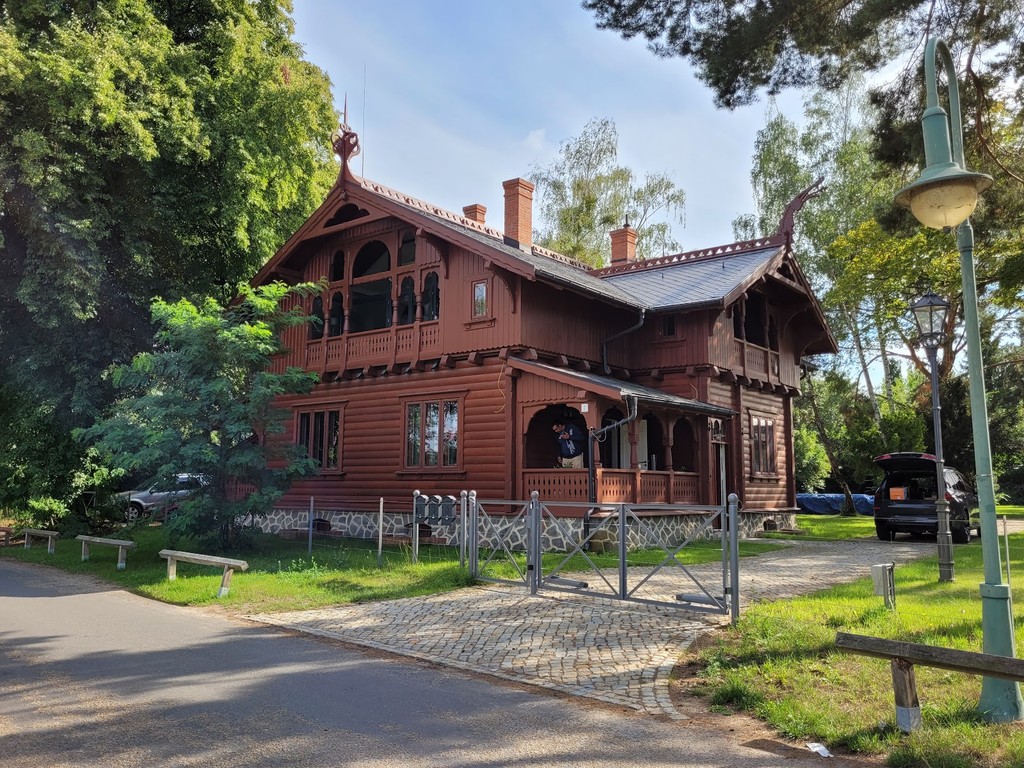
Matrosenhaus (Sailor's House) (Source: Google Maps)
Matrosenhaus, or Sailor's House, is a quaint structure that adds to the historical charm of Babelsberg Park. Built in the 19th century, this house reflects the maritime heritage of the region and showcases the architectural style of the time. Its cozy exterior, adorned with decorative elements, tells stories of the sailors who once inhabited it. The building serves as a reminder of the close relationship between the local community and the waterways that surround the area. Today, Matrosenhaus stands as a symbol of the park's rich history and offers visitors a glimpse into the lives of those who contributed to its development. It is a perfect spot to conclude your exploration of Babelsberg Park.

Your travels, your rules.
Create your own Free Walking Tours.
Set your preferences, distances and anything you want to do or see.
Completely free, no payment required.